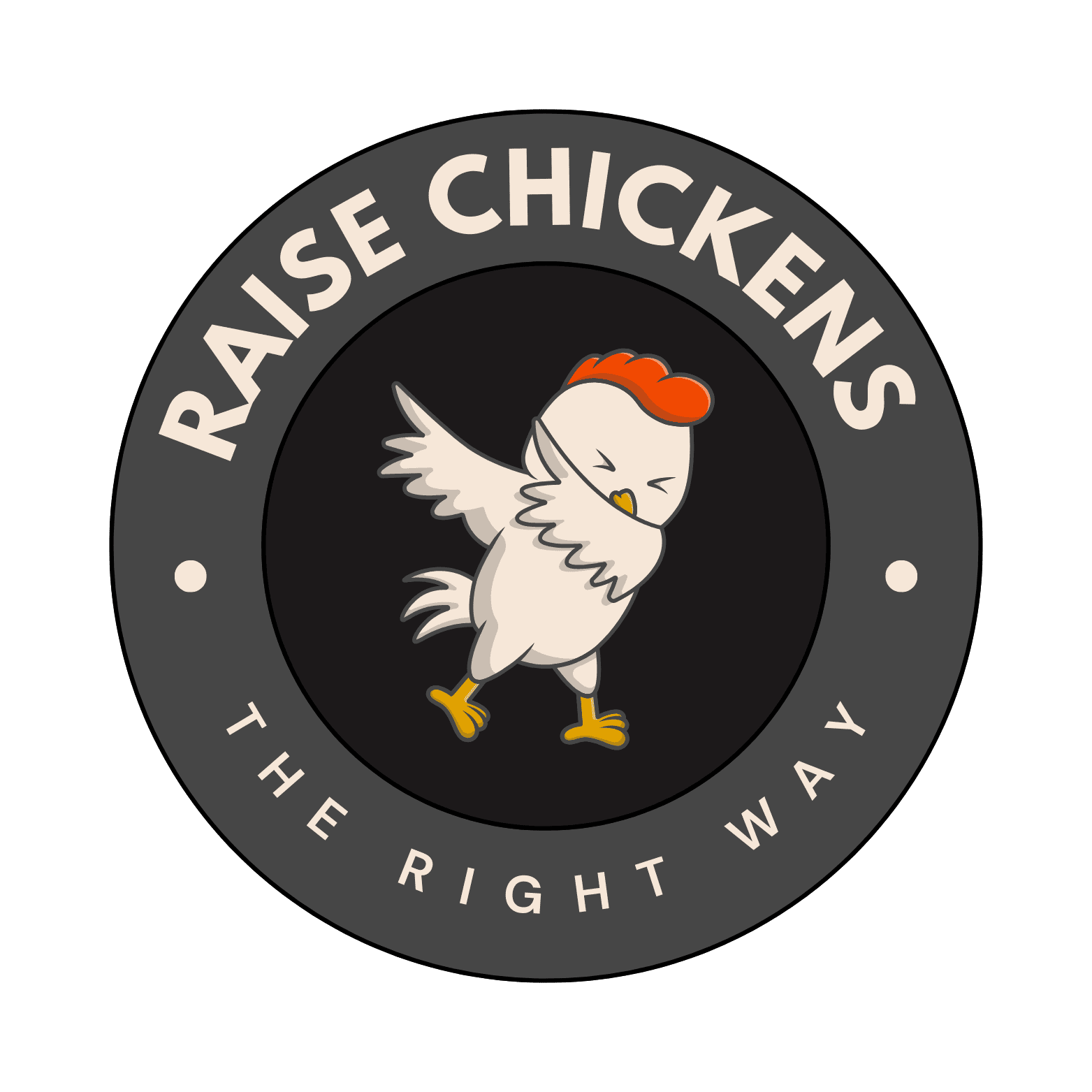After spending over two decades raising chickens on my family farm, I’ve encountered numerous diseases, but Avian Tuberculosis (TB) stands out as one of the most challenging and concerning conditions I’ve had to deal with. I’ll never forget the first time I spotted it in my flock – it was a wake-up call that changed how I approach poultry health management.
Understanding Avian Tuberculosis: A Farmer’s Perspective
Let me tell you straight up – Avian TB isn’t your regular chicken disease. It’s a slow-moving bacterial infection caused by Mycobacterium avium that can sneak up on you if you’re not paying attention. What makes it particularly tricky is that by the time you notice symptoms, the disease has usually already spread through your flock.
Recognizing the Warning Signs
From my experience, the symptoms of Avian TB can be subtle at first. Here are the main red flags I’ve learned to watch for:
Why This Disease Keeps Me Up at Night
I’ll be honest – what really concerns me about Avian TB is its stubborn nature. The bacteria can survive in soil for years, making it incredibly difficult to eliminate once it’s present on your property. I’ve seen fellow farmers struggle with recurring cases even after taking extensive measures to clean their facilities.
The Human Risk Factor
Here’s something that not everyone realizes – Avian TB is zoonotic, which means it can spread to humans. While it’s relatively rare, I always take extra precautions when handling potentially infected birds. I’ve made it a rule on my farm to wear protective gear and maintain strict hygiene practices, not just for my birds’ safety but for my family’s as well.
Dealing with an Outbreak: The Hard Truth
There’s no easy way to say this, but there’s currently no cure for Avian TB in chickens. In my years of farming, I’ve learned that the only effective control method is to cull affected birds. It’s heartbreaking, but it’s necessary to protect the rest of your flock and prevent environmental contamination.
Prevention: Your Best Defense
After dealing with this disease, I’ve developed a comprehensive prevention strategy that I’d like to share:
The Economic Impact
I won’t sugarcoat it – Avian TB can devastate a poultry operation financially. I’ve seen small farms go under because they didn’t catch it early enough or didn’t take appropriate measures. Between lost production, culling requirements, and facility cleanup, the costs can add up quickly.
Testing and Diagnosis
In my experience, getting a proper diagnosis is crucial. While you might suspect Avian TB based on symptoms, only laboratory testing can confirm it. I always work closely with my veterinarian to conduct proper testing, which usually involves tissue samples from affected birds.
Environmental Management
One thing I’ve learned the hard way is that environmental management is key. The TB bacteria can persist in soil for up to four years, so if you’ve had an outbreak, you’ll need a long-term management strategy. I’ve had success with rotating pastures and maintaining proper drainage to prevent wet, muddy conditions where the bacteria thrive.
Moving Forward After an Outbreak
If you’re unfortunate enough to
